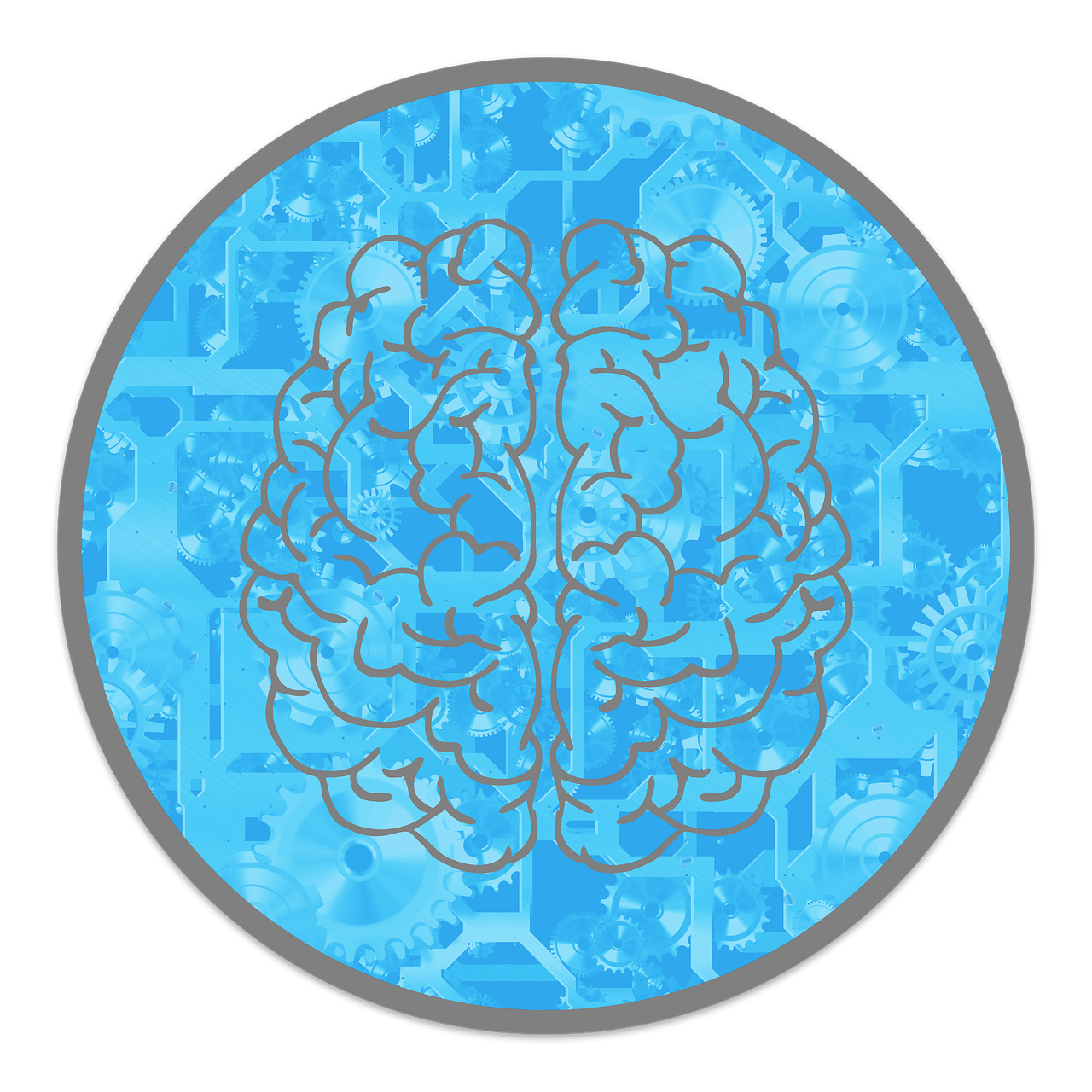
Winter’s basically the emo phase of the year—dark, cold, and kind of a buzzkill.
You wake up in the dark, go home in the dark, and feel like a grumpy burrito in between.
Yep, the “winter blues” are real.
Blame the lack of sunlight, shorter days, and freezing temps—it’s like your mood got ghosted by summer.
But good news: your body comes with built-in mood boosters—endorphins.
Think of them as your personal squad of brain cheerleaders, ready to fight off stress and crank up the good vibes.
In this guide, we’ll show you how to hack your feel-good hormones and turn winter from a sad indie film into an action-packed comeback story. Let’s do this.
Understanding the Winter Blues: More Than Just Seasonal Sadness
Let’s talk winter blues—the kind that sneaks up when the days get short, your energy tanks, and your vibe feels more “ugh” than “let’s go.”
This isn’t just about feeling moody because it’s cold and dark out.
When it gets clinical, we call it Seasonal Affective Disorder (SAD)—and it’s way more common than people think, hitting around 5% of folks in the U.S. every year, according to the American Psychiatric Association.
So, what’s the deal? It mostly comes down to less sunlight.
When you’re not soaking up enough rays, your body’s internal clock (aka your circadian rhythm) gets thrown off.
That messes with your serotonin (the “feel good” chemical) and boosts melatonin (the “let’s nap forever” hormone).
The result? You feel drained, blah, and not super motivated to do… well, anything.
Here’s the cool part: endorphins are your secret weapon.
These are your body’s natural feel-good chemicals—like tiny internal cheerleaders.
They boost your mood, ease pain, and unlike that third coffee or endless scrolling, they come with zero crash or side effects.
Best part? You can activate them naturally with a few lifestyle tweaks (more on that soon).

The Science Behind Endorphins: Your Body’s Natural Antidepressant
Here’s the quick scoop: endorphins are your body’s natural mood boosters—basically legal morphine made by your brain.
They kick in to give you feel-good vibes, ease pain, and help you chill, no prescription required.
The name? “Endogenous morphine”—aka “your body’s own happy juice.”
Science says regular endorphin hits can fight off depression and anxiety.
But in winter, with less sun and less movement, they don’t show up as much—kind of like your motivation.
The good news? You don’t need fancy wellness retreats or mood crystals.
Just a few simple habits can wake up your brain’s built-in hype crew.
Proven Strategies to Boost Endorphins During Winter
1. Embrace cold weather exercise
Okay, hear me out: working out outside in the cold sounds like the beginning of a bad idea, but it’s actually one of the best ways to get those endorphins pumping.
Turns out, chilly weather plus movement = double the brain-boost.
Your body freaks out a little (in a good way), and that sends your feel-good chemicals into overdrive.
Try this:
- Power walk like you’re late for a flight (20–30 mins works wonders)
- Hit the slopes or fake it with snowshoeing or ice skating
- Go for a short, brave jog and reward yourself with hot cocoa after
- Try yoga outside (yes, it’s a thing—layers and slow flows are key)
Bonus: A study says even light outdoor workouts can lift your mood in just two weeks. Basically, your brain loves fresh air, even if your nose doesn’t.
2. Harness the power of light therapy
Winter sunlight is like a Marvel cameo—rare and brief.
That lack of light messes with your brain’s chemistry and makes endorphin magic harder to pull off.
Enter: light therapy, aka the closest thing to bottled sunshine.
How to hack it:
- Sit by a 10,000-lux light therapy box each morning for 20–30 mins
- Get a sunrise alarm clock so you’re not waking up in a horror film
- Let the light in—open those curtains and rearrange your desk by the window
- Decorate like you’re in a Scandinavian Pinterest board—mirrors, white walls, all the glow
Studies say up to 85% of people with seasonal sadness feel better with light therapy.
That’s basically a five-star Yelp review from your brain.
3. Optimize your nutrition for endorphin production
What you eat actually affects how you feel—so yes, dark chocolate can count as therapy.
Your body needs the right fuel to make endorphins, and winter is not the time to live off sad snacks and leftover Halloween candy.
Stock up on these:
- Dark chocolate (yes, science agrees): It’s got compounds that trigger feel-good vibes
- Spicy foods: Hot peppers bring the heat and the endorphins
- Protein: Turkey, fish, lean meats—aka neurotransmitter fuel
- Complex carbs: Oats, quinoa, sweet potatoes = happy brain, stable energy
- Omega-3s: Salmon, walnuts, flaxseeds help your brain do its job
Skip (or limit) these:
- Sugar bombs that make you crash harder than your Wi-Fi
- Heavily processed junk full of mood-killing additives
- Booze overload—alcohol messes with your sleep and mood, big time
4. Create Social Connections and Shared Experiences
We get it—winter makes it way too tempting to ghost everyone and become one with your blanket.
But social connection is one of the strongest (and most fun) ways to pump out endorphins.
Social hacks for cozy months:
- Try a group fitness class or dance workout—endorphins love squad goals
- Volunteer—it literally gives you a “helper’s high”
- Host a game night, movie marathon, or potluck (bonus points for laughter)
- Join local winter events—ice festivals, group hikes, caroling, you name it
Science backs this up: laughing with friends lights up your brain more than solo doomscrolling.
Who knew Cards Against Humanity was therapeutic?
5. Incorporate Mindfulness and Stress-Reduction Practices
Stress is like a mood-squasher ninja—it silently kills your endorphin vibe.
But you don’t need to become a zen monk to fix it.
Just a few mindful habits can keep your stress in check and boost those happy hormones.
Zen for real people:
- Try meditation for 10–15 minutes a day (apps help if your brain won’t sit still)
- Practice deep breathing—4 counts in, 4 counts out, like you’re calming down before replying to a spicy email
- Progressive muscle relaxation: tense, release, repeat. It’s like a body reset.
- Write down 3 things you’re grateful for each day—it sounds cheesy, but it works
One study even showed meditation can boost endorphin levels by 65%.
That’s like turning on mood turbo mode—no Wi-Fi required.

Creating Your Personal Winter Endorphin Action Plan
Let’s be real—you don’t need a 27-step self-care routine or a color-coded mood journal to beat the winter blues.
What you do need? A simple, realistic plan that fits your life (and doesn’t feel like another job).
Think of this as your personal endorphin-level-up mission—with side quests, power-ups, and zero pressure.
Week 1-2: Foundation building
This is your warm-up round. We’re laying the foundation—no Olympic training required.
- Wake up at the same time every day. (Yes, even on weekends. Sorry.)
- Let the light in. Sit by a sunny window or a light therapy box. Pretend you’re a houseplant—sunlight is fuel.
- Move your body in a way you actually like. Walk, dance, stretch, fake a yoga session on YouTube—whatever feels doable.
- Try a 1-minute gratitude check. Literally just think of one good thing a day. Coffee counts.
Week 3-4: Expansion phase
Now that you’ve got the basics down, let’s spice it up a little.
- Upgrade your food game. Add mood-boosters like dark chocolate, spicy stuff, and omega-3s. Your brain will thank you.
- Make plans with people who don’t drain your soul. Game night? Volunteer gig? Group hike? You do you.
- Tweak your workouts. Keep what’s fun, ditch what’s annoying. It’s your body—not a boot camp.
Week 5 and beyond: Maintenance and optimization
This is the long game. You’re not aiming for perfection—you’re aiming for “better than blah.”
- Track what works. Nothing wild—just jot down your energy (1–10), mood, what you did, and how you slept. Emojis totally acceptable.
- Adjust when needed. Weather sucks? Swap a walk for indoor stretching. Feeling low? Call a friend instead of doomscrolling.
- Stay flexible. Life happens. A skipped workout doesn’t cancel your progress. Keep going.
Monitoring Your Progress and Staying Motivated
Keeping tabs on your mood and habits doesn’t have to be a whole production.
Just note a few quick things each day:
- How’s your energy? (1–10, no judgment)
- What’s your mood? (Happy? Meh? Full gremlin mode?)
- What did you actually do today?
- Did you sleep okay?
- Anything stressful or awesome happen?
Do this for a few weeks and patterns will start popping up—kind of like your favorite Netflix algorithm, but for your brain.

When to Seek Professional Support
Okay, so endorphin-boosting hacks can totally help lift your winter mood.
But sometimes, even your best playlist, a walk in the snow, and a block of dark chocolate just aren’t cutting it. And that’s okay.
Here’s your sign to talk to a pro if:
- You’ve been feeling super low, hopeless, or stuck in a “nothing matters” kind of way
- Your sleep or appetite is way off (we’re talking either sleeping 14 hours or none at all)
- Everyday stuff—like showering, working, or texting back—feels impossible
- You’re having dark thoughts about hurting yourself or wondering what the point is
- You’ve been trying your best (for like 4–6 weeks) and still feel like you’re starring in a sad indie film with no plot twist in sight
Talking to a therapist, counselor, or doctor doesn’t mean you’ve “failed.”
It means you’re smart enough to know when to level up your support system.
They’ve got extra tools—like talk therapy, medication (if needed), and coping strategies—that can work with your endorphin-boosting efforts, not against them.
Conclusion: Embracing Winter with Confidence
Winter doesn’t have to be your emotional kryptonite.
Your body’s got a built-in squad of mood-boosters—endorphins—ready to turn those chilly, dark days into something way better.
Pick a couple of easy tricks from this guide, stick with them, and watch your mood level up faster than a video game cheat code.
You’ll start feeling the difference in days or weeks, no magic wand needed.
So instead of thinking, “How do I survive winter?” try asking, “How do I own winter?” With the right moves, you can turn the season from a drama-filled Netflix binge into a feel-good blockbuster.



